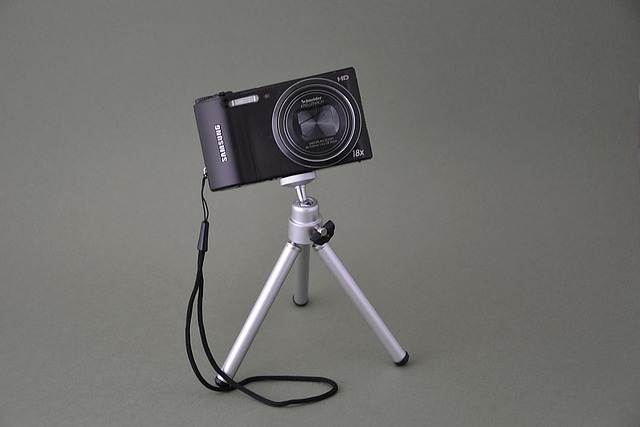Mastering the Art of Report Photography: Essential Lighting Techniques for Capturing the Perfect Shot
Report photography is more than just snapping photos; it’s about telling a story through your camera lens. Whether you’re covering an event, documenting a situation, or capturing candid moments, lighting plays a crucial role in creating compelling images that communicate the essence of the scene.
When working with report photography, natural light can be your greatest ally—or your biggest challenge. Unlike controlled studio environments, report photographers often have to deal with unpredictable lighting conditions. Understanding how to manipulate available light and knowing when to introduce artificial lighting can make all the difference in producing sharp, vivid photographs.
Understanding Light in Report Photography
Light impacts every aspect of photography, from exposure to mood. In report photography, the primary objective is to maintain authenticity while enhancing visibility and detail. Observing how light interacts with your subject can help you decide the best angle and camera settings to capture meaningful photos.
- Natural Light: Utilizing morning or late afternoon sunlight can add warmth and depth to your shots. Pay attention to shadows and highlights to avoid harsh contrasts that may obscure important details.
- Artificial Lighting: Using portable LED panels or on-camera flash strategically can illuminate scenes when natural light is insufficient, especially in indoor or low-light environments.
Essential Lighting Techniques for Optimal Results
Mastering lighting techniques in report photography enhances your ability to capture spontaneous moments effectively while maintaining technical excellence.
- Use Diffusers: Soften harsh light with diffusers to avoid unflattering shadows and create a more natural look.
- Reflectors: Bounce light onto your subject to brighten dark areas, bringing out textures and facial expressions.
- Adjust White Balance: Correct color temperature settings on your camera to ensure the colors in your photos match the reality of the scene.
- Experiment with Angles: Changing your position relative to the light source can drastically alter the mood and clarity of your images.
Leveraging Your Camera and Optics for Better Shots
Your camera and lens choices are integral to mastering report photography. High-quality optics allow you to capture crisp details and vibrant colors, even in tricky lighting. Fast lenses with wide apertures help in low-light conditions, enabling you to maintain faster shutter speeds that freeze motion—critical for capturing spontaneous events.
Moreover, understanding your camera’s manual settings—such as ISO, shutter speed, and aperture—empowers you to adapt quickly to changing light scenarios and to control depth of field, thus directing viewer attention precisely where you want it.
Ultimately, blending your technical knowledge with an intuitive sense for storytelling through light positions you to excel in the dynamic field of report photography, capturing images that resonate and inform.




